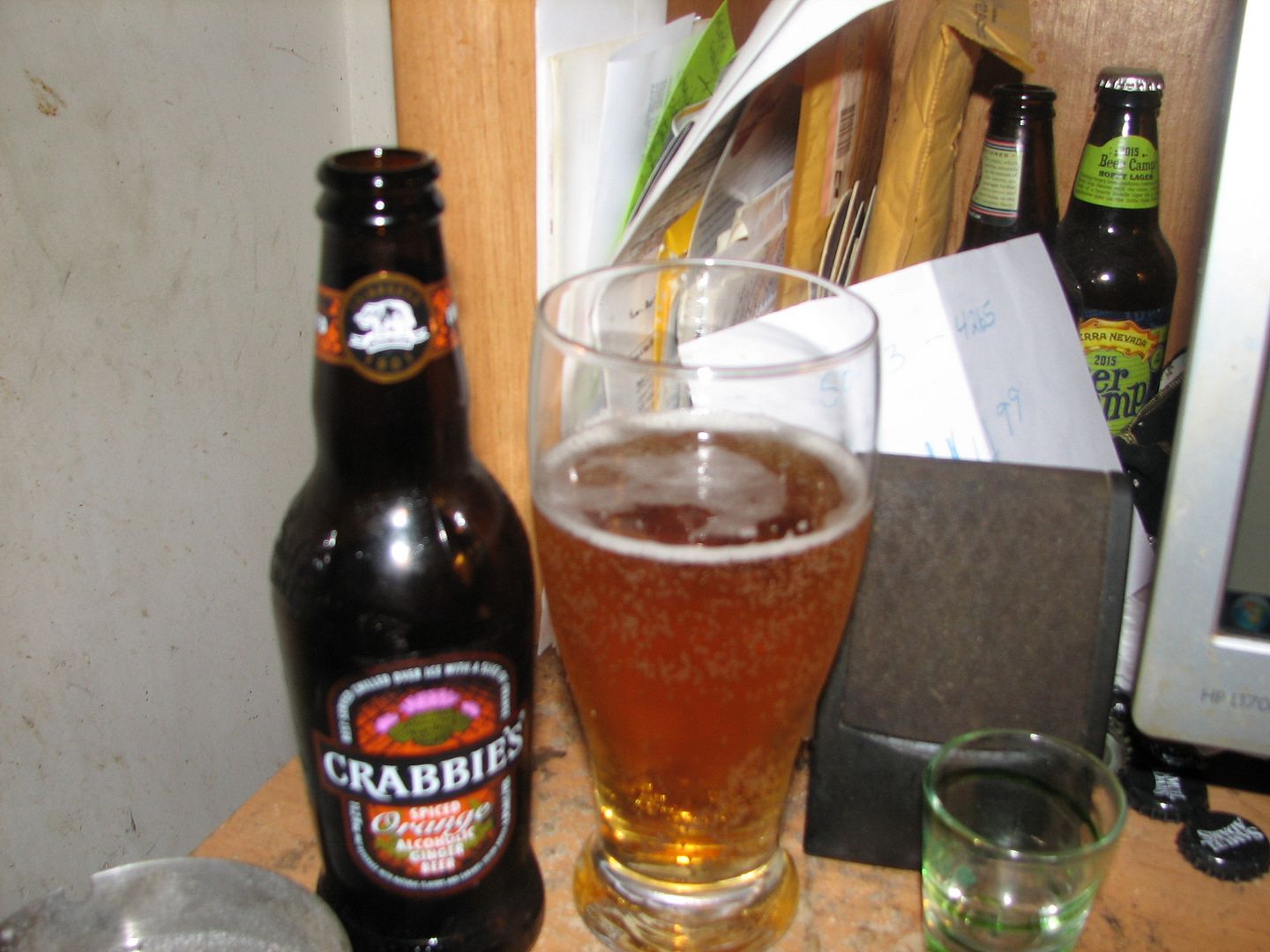The poor selection of English Bitters in the states is what led me to start homebrewing in the first place. We get a handful of old bottles from the UK, and American Brewer interpretations of "ESB" which are mostly based on those non fresh bottles. Malt bombs with not much hop character.
I haven't been to England to try the real deal, but there is a brewery in San Francisco called Magnolia who take a traditional approach to bitters with all English ingredients and use of casks. This place really made me fall in love with the style. My experiences there along with great information on the web like this forum and The Perfect Pint Blog has helped me produce my own.
Whenever I have someone try my bitter, I call it a bitter and 9/10 the response is "oh an ESB?", then they typically think it's too light in color and too hoppy for the style, but really enjoy it.
Here is my most recent one with Golden Promise, Marris Otter, Torrified Wheat, First Gold, Syrian Goldings, and Fullers yeast:





